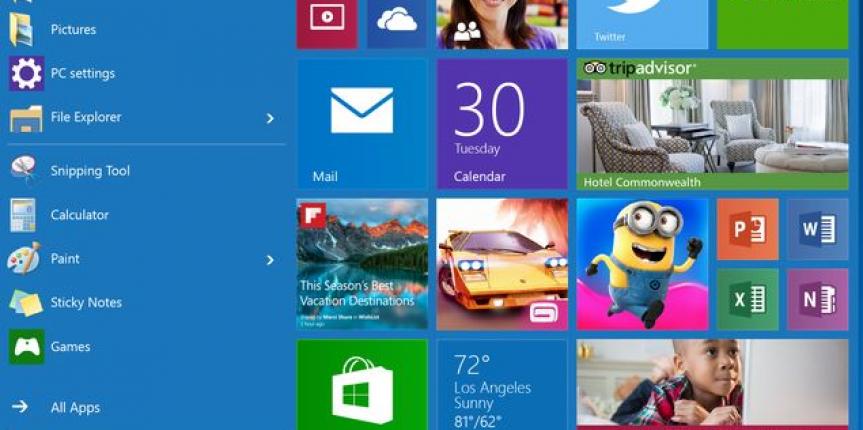
Windows 10 is an entirely new version of the veteran Windows operating system – a version that is make-or-break for Microsoft.
Even though Windows 8.1 did improve things, there’s no escaping that with Windows 8, Microsoft was hugely complacent, buoyed by the success of Windows 7. It drastically misunderstood its users with a fundamentally changed user interface which didn’t make any logical sense and was hard to learn. It failed us. It failed itself.
Thankfully 2015 Microsoft is pretty different to 2012 Microsoft. The key management of the corporation has changed. It has woken up to the fact that people can choose other operating systems. It’s keen on making stuff for OS X, Linux, iOS and Android. As you’ll hear, it’s allowing apps from other platforms to be easily ported to Windows, too.
Windows 10 review
Microsoft believes the future of Windows is as a platform for all. Like Android, the strength of Windows is in the thousands of companies that develop for it (see the section about Universal apps for more on the relationship with developers) and use it in their products.
That’s why Windows 10 is no longer just an operating system for 32 and 64-bit PCs. It will also run on the ARM platform for smaller tablets and smartphones. Windows 10 is going to run on phones – it’s the new version of Windows Phone, but it’s not that clear whether Microsoft will brand new Windows Phones as ‘Windows 10′ or not. If you know what Windows RT was, then don’t worry, because it’s nothing like that.
Could Windows 10 make Mac owners jump ship?
Universal apps will run not only on PCs, but on Windows 10 phones, Windows 10 for IoT devices and Xbox as well.
Like Windows XP, Vista, 7 and 8 before it, Windows 10 is part of the Windows NT family.
